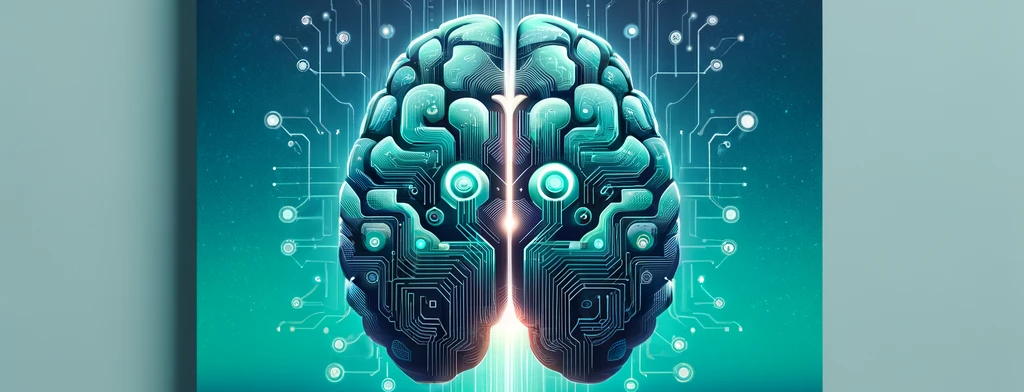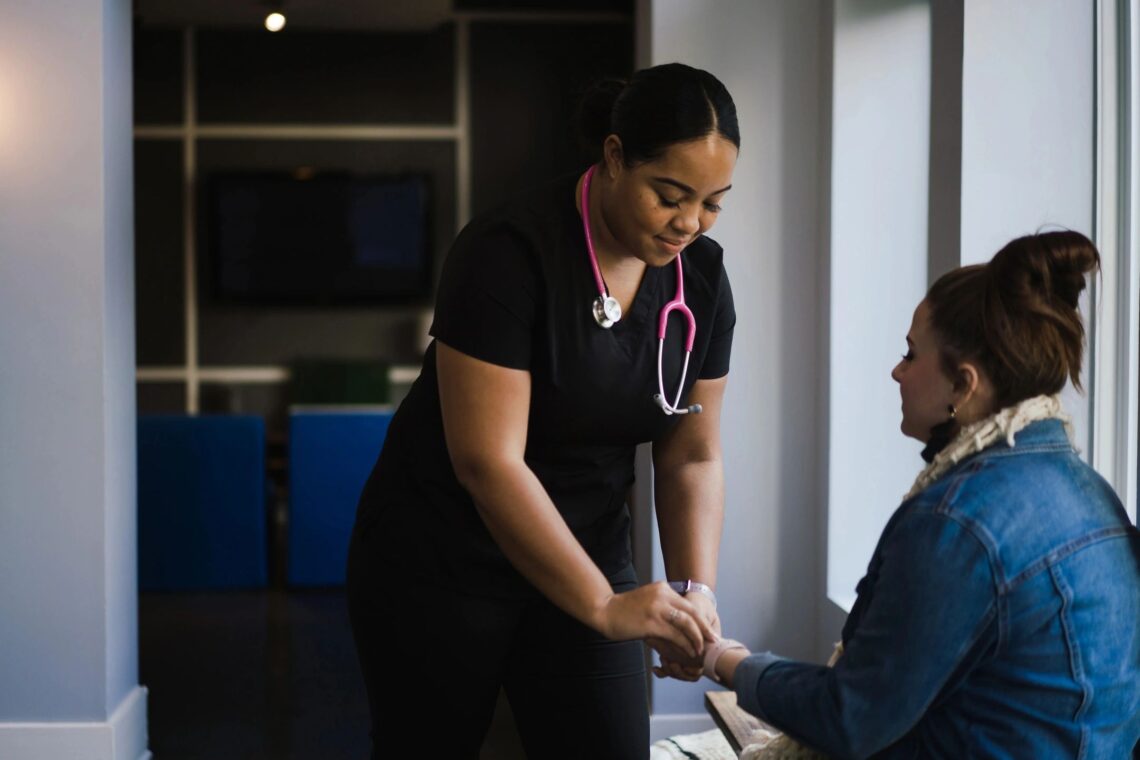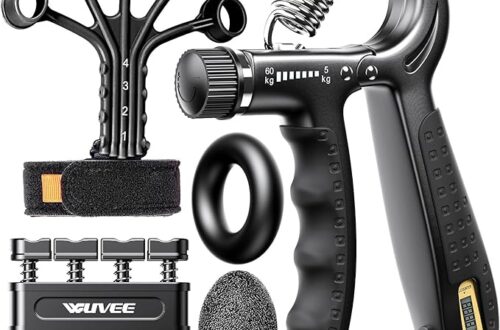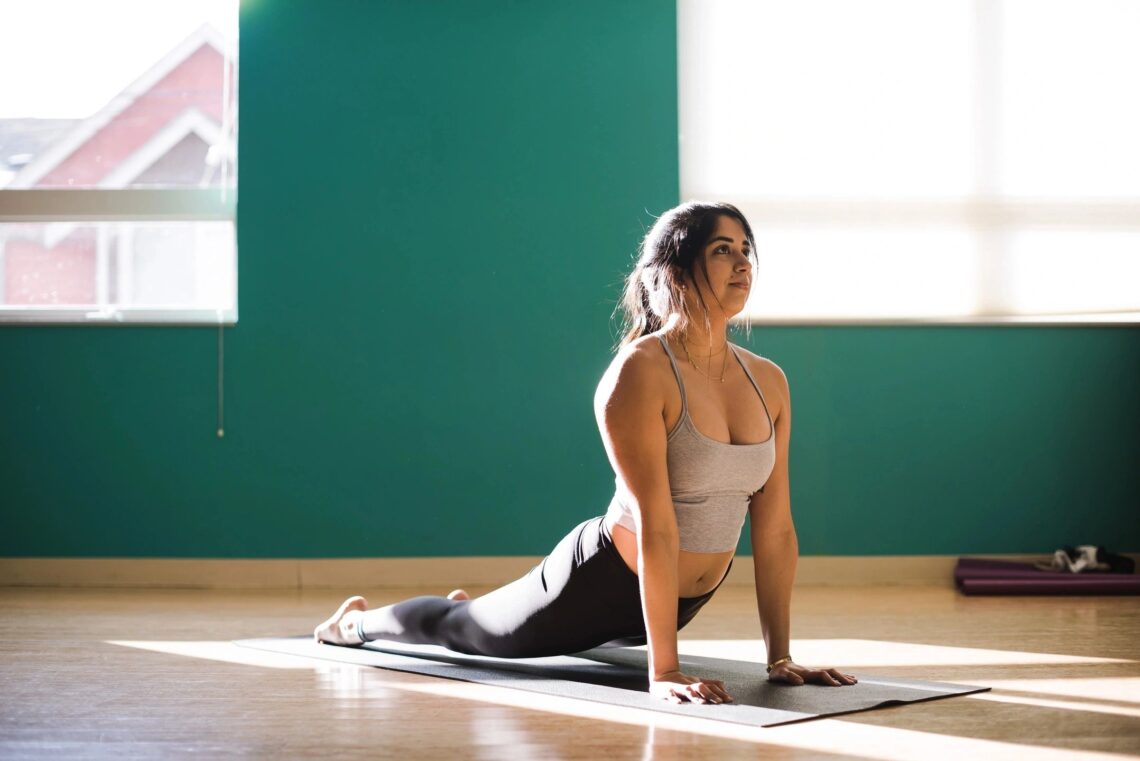The landscape of healthcare diagnostics and decision-making is rapidly evolving, with advanced diagnostic tools and decision-making systems playing pivotal roles. These innovations, particularly those driven by artificial intelligence (AI), are transforming the practice of medicine by improving diagnostic accuracy, optimizing treatment decisions, and enhancing patient safety. Clinical Decision Support Systems (CDSS)CDSS are integral in augmenting clinicians’ abilities to make complex decisions. These systems offer various benefits, including reducing medication administration errors through electronic drug dispensing systems (EDDS) and bar-code point-of-care (BPOC) medication administration systems, which ensure a closed loop of prescribing, transcribing, dispensing, and administering medication. They also target patient…
-
-
The integration of artificial intelligence (AI) in healthcare, particularly in stroke diagnosis and treatment, is revolutionizing the way medical care is delivered and enhancing patient outcomes. Platforms like Brainomix and various AI-assisted healthcare projects are at the forefront of this transformation, providing crucial support to healthcare professionals by offering advanced diagnostic tools and decision-making systems. Brainomix and Stroke Care:Brainomix specializes in AI tools that interpret acute stroke brain scans, aiding doctors in making informed treatment decisions and facilitating the transfer of patients requiring specialist care. This AI-enabled approach ensures timely and accurate diagnosis, which is critical for effective stroke management.…
-
The Intersection of Stroke Care and Artificial Intelligence: Recent Advances The integration of Artificial Intelligence (AI) in stroke care is pioneering advancements in treatment, diagnosis, and rehabilitation, offering new hope for patients and clinicians alike. Here’s a roundup of the most recent news highlighting how AI is transforming stroke management: AI-Guided Stroke Treatment Enhances Patient Outcomes Expansion of Brainomix to the US Market Future Directions and Clinical Research Conclusion The integration of Artificial Intelligence into stroke care is a rapidly evolving field that promises to significantly improve outcomes for stroke patients. From reducing the risk of subsequent vascular events through…
-
Recovering balance and coordination is a crucial step in the journey toward independence and safety, especially for individuals navigating the aftermath of a stroke or other neurological conditions. Exercises designed to improve sitting and standing balance, along with coordination activities, can significantly reduce the risk of falls and bolster overall stability. This easy-to-read article delves into effective balance and coordination exercises, offering a guide to enhance bodily control and movement efficiency. The Foundation of Balance and Coordination Balance and coordination are fundamental skills that allow us to perform daily activities smoothly and efficiently. Balance is the ability to maintain a…
-
Stroke recovery is a journey marked by challenges and milestones, with regaining independence in Activities of Daily Living (ADLs) standing as a significant goal for survivors. ADL training, a fundamental component of rehabilitation, focuses on restoring the ability to perform everyday tasks that are essential for self-care and independence. This detailed article explores the essence of ADL training for stroke survivors, highlighting its importance, strategies, and the profound impact it has on the recovery journey. Understanding ADLs in Stroke Recovery Activities of Daily Living (ADLs) are the basic tasks that individuals perform every day, including eating, bathing, dressing, toileting, transferring…
-
In the intricate journey of stroke recovery, cognitive and perceptual rehabilitation emerges as a cornerstone, playing a pivotal role in helping survivors navigate the challenges that affect their daily lives. Cognitive impairments following a stroke can range from memory loss and attention deficits to more complex issues such as difficulty in understanding or processing information. Similarly, perceptual difficulties might involve problems with spatial awareness or the ability to accurately interpret sensory information. Occupational therapy, with its holistic approach, employs a variety of cognitive and perceptual exercises designed to address these challenges, facilitating a more comprehensive recovery. This article delves into…
-
Stroke recovery is a multifaceted process, deeply personal and often challenging, requiring a comprehensive approach to rehabilitation. Among the various strategies employed, fine motor skills exercises play a crucial role, particularly in occupational therapy (OT) for stroke survivors. These exercises are not just about regaining physical abilities; they are about reclaiming independence, confidence, and the joy of engaging in everyday activities. This article delves into the significance of fine motor skills exercises, offering insights into how they facilitate recovery and improve quality of life for stroke survivors. Understanding Fine Motor Skills After Stroke Fine motor skills involve the use of…
-
Occupational therapy for stroke patients involves a variety of exercises and activities tailored to address the specific impairments and needs of each individual. The main goal is to enhance physical function, cognitive abilities, and emotional well-being, enabling patients to resume their daily routines and roles in life. Here’s a review of key OT exercises and their benefits: 1. Fine Motor Skills Exercises 2. Gross Motor Skills Exercises 3. Cognitive and Perceptual Exercises 4. Activities of Daily Living (ADL) Training 5. Balance and Coordination Exercises 6. Sensory Integration Exercises 7. Emotional and Psychological Support Conclusion Occupational therapy exercises play a vital…
-
Restoring life after a stroke, especially for women, involves a multifaceted approach that emphasizes the importance of occupational therapy (OT) and the support networks surrounding the survivor. Occupational therapy plays a vital role in rehabilitation, focusing on improving the ability to perform daily activities and enhancing quality of life. This comprehensive guide delves into how women can restore their lives post-stroke through occupational therapy, highlighting the critical role of a supportive network. Understanding Occupational Therapy’s Role Occupational therapy is tailored to meet the unique needs of each stroke survivor, with a particular focus on enabling women to regain their independence…
-
Stroke recovery is a deeply personal journey, especially for women, who may face unique challenges and responsibilities alongside their rehabilitation. Occupational therapy (OT) stands as a crucial pillar in this journey, tailored to help women regain their independence and enhance their quality of life. This blog post delves into the essential guidelines of occupational therapy for women recovering from a stroke, emphasizing the blend of clinical expertise and compassionate care that defines this therapeutic approach. Embrace Individualized Care Plans The cornerstone of effective occupational therapy is its emphasis on individualized care. Every woman’s stroke recovery journey is distinct, with different…
-
Stroke recovery is a journey that extends far beyond the initial treatment in the hospital. For many women, the aftermath of a stroke brings significant challenges in performing daily activities and maintaining independence. This is where occupational therapy (OT) plays a pivotal role, offering a beacon of hope and a path to regain control over their lives. Through a systematic review of occupational therapy for stroke patients, we uncover the profound impact it has on women’s rehabilitation and the journey towards recovery. Understanding Occupational Therapy in Stroke Recovery Occupational therapy is a client-centered health profession concerned with promoting health and…

















